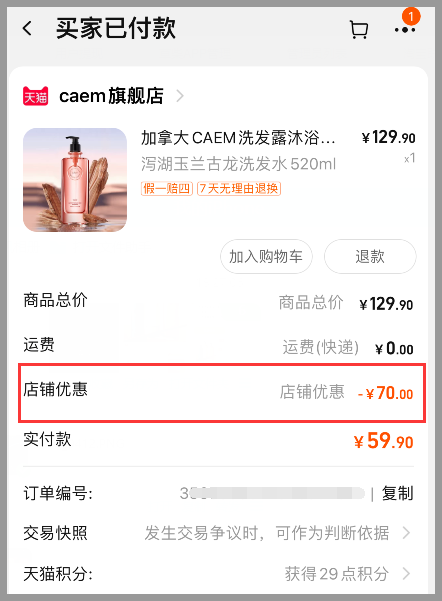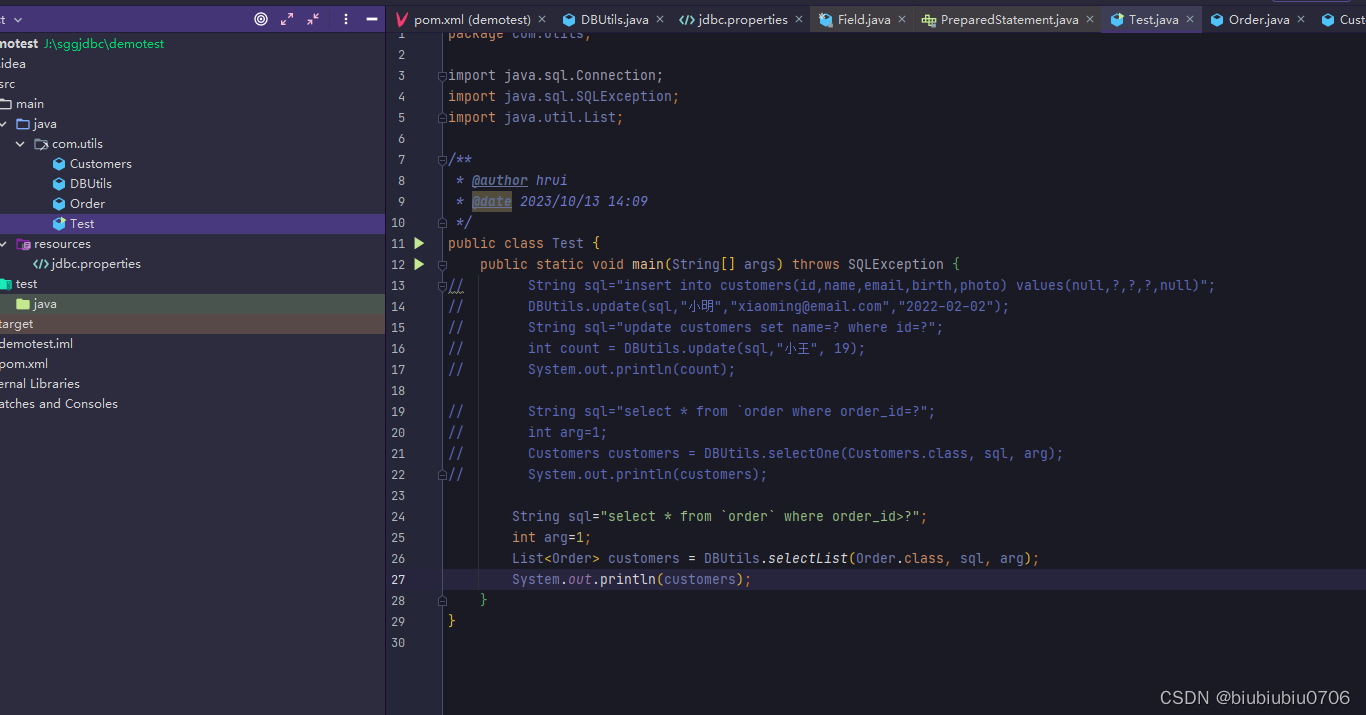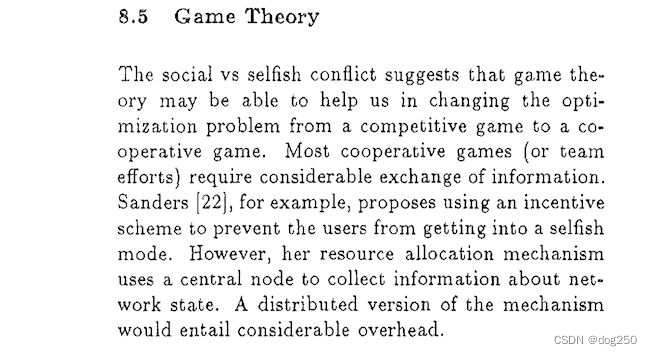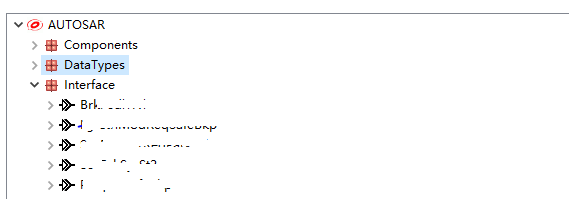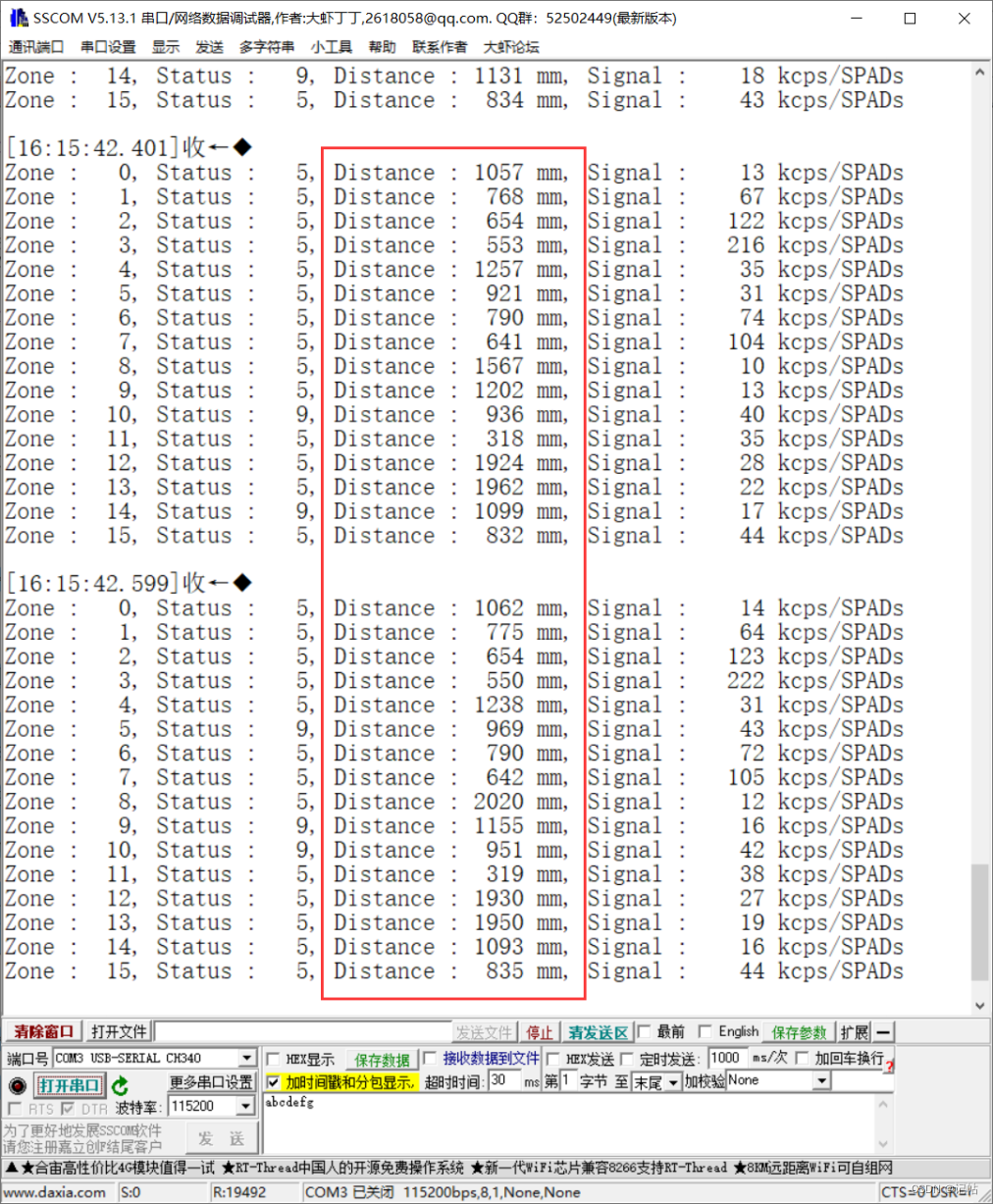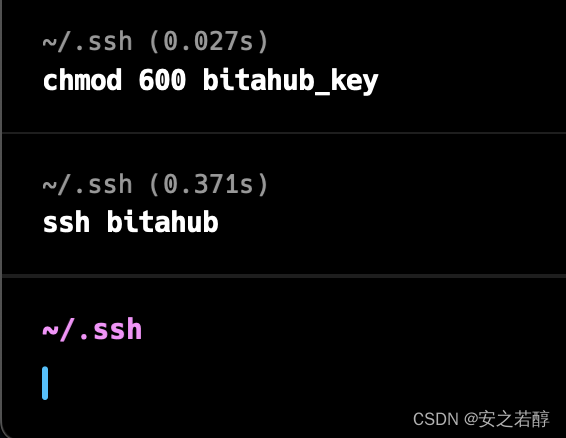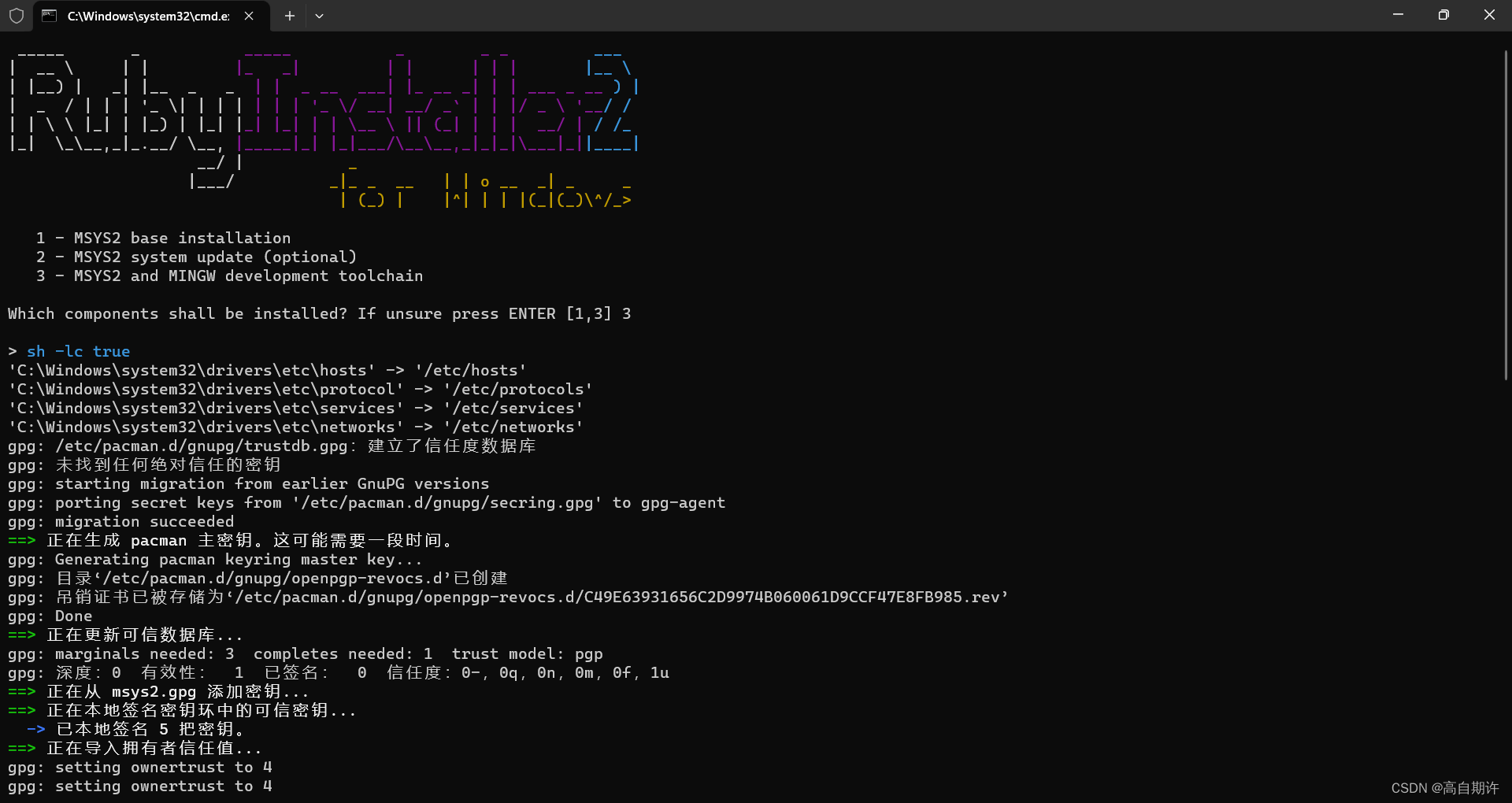完整使用之测试参数的读取(xml)
保存一个xml文档(如果没有就会生成一个默认的 里面的参数用的是我们默认设置的),之后每次更改里面的某项,然后保存 类似于重新刷新一遍。
这里所用的xml测试参数前面需要加上private如
//测试单号
private string testnum = "NO.00001";
public string TestNum
{
get { return this.testnum; }
set
{
this.testnum = value;
}
}
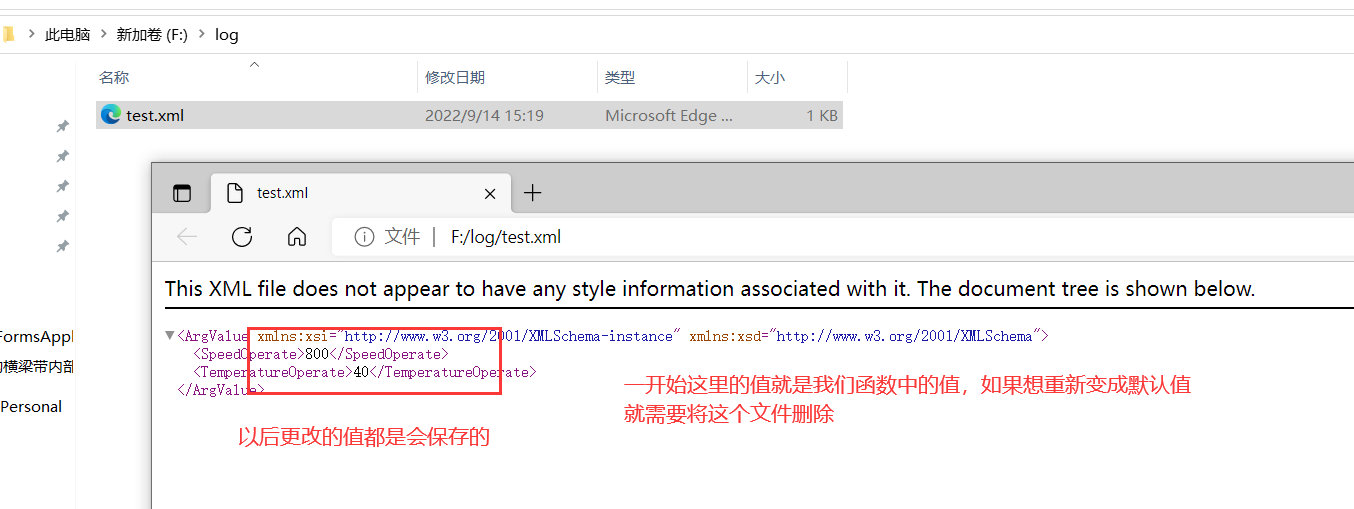
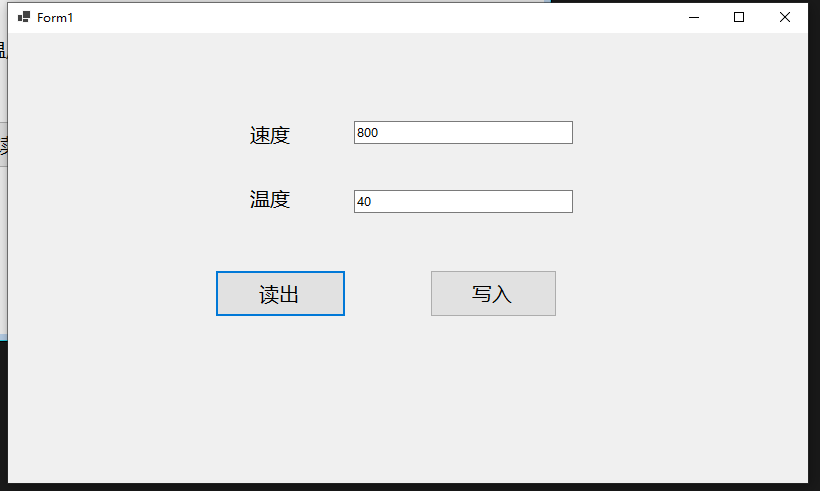
Program.cs
创建一个Form1对象,因为以后操作 就是用

Form1.cs
也就是在这里使用的
namespace WinFormsApp1
{
public partial class Form1 : Form
{
public ArgCfgXml ArgCfgXmlObj;
//创建一个函数 返回值就是设定的参数那个类
public ArgValue GetTestPata()
{
return ArgCfgXmlObj.ArgPtr;//通过 .具体调节值的函数 来改变值
}
public Form1()
{
InitializeComponent();
}
private void Form1_Load(object sender, EventArgs e)
{
string path = "F:\\log\\test.xml"; ;// Directory.GetCurrentDirectory() + "\\Config\\测试参数.xml";
ArgCfgXmlObj = new ArgCfgXml(path);
}
private void button2_Click(object sender, EventArgs e)
{
Program.mainFrm.GetTestPata().SpeedOperate = double.Parse(speedtextBox1.Text);
Program.mainFrm.GetTestPata().TemperatureOperate = double.Parse(temptextBox2.Text);
Program.mainFrm.ArgCfgXmlObj.SetPtr();
}
private void button1_Click(object sender, EventArgs e)
{
speedtextBox1.Text = Program.mainFrm.GetTestPata().SpeedOperate.ToString();
temptextBox2.Text = Program.mainFrm.GetTestPata().TemperatureOperate.ToString();
}
}
}
ArgCfg.cs
using System;
using System.Collections.Generic;
using System.IO;
using System.Linq;
using System.Text;
using System.Threading.Tasks;
using System.Xml.Serialization;
namespace WinFormsApp1
{
public class ArgValue
{
double speed = 70;//速度初始值
public double SpeedOperate
{
get { return this.speed; }
set
{
this.speed = value;
}
}
double temperature = 20;//温度初始值
public double TemperatureOperate
{
get { return this.temperature; }
set
{
this.temperature = value;
}
}
}
public class ArgCfgXml
{
public ArgValue argvalue;//就是上面那个类 实例化对象是在ArgPtr函数中 然后调用XmlSerializer函数
private string xmlFile;
//构造函数
//作用:初始化时调用 用来配置一遍
//如果第一次使用 也就是还没有创建这个文件 此时会使用我们设定的默认参数创建一个文件
//如果第二次使用 就不会使用默认参数了 而是使用之后的值,也就是我们可以更改参数值
public ArgCfgXml(string _xmlFile)
{
this.xmlFile = _xmlFile;
//如果没有读到数据 则为假 此时非假就为真了 就进入语句中;
//这也是程序运行第一遍才会做的事情,因为第二遍了 里面已经有数据了 就不会执行下面的操作
if (!XMLDeserialize(_xmlFile))
{
argvalue = new ArgValue(); //实例化一个装满参数的对象
XmlSerializer(_xmlFile);//将设定的初始值写入
XMLDeserialize(_xmlFile);//取出值 方便使用
}
}
//函数的作用:获取/修改参数值 并保存(覆写的)
//返回值为ArgValue这个类的函数
public ArgValue ArgPtr
{
get { return this.argvalue; }//得到一整个的数据 然后通过 .某个得到具体的值
set
{
this.argvalue = value;
XmlSerializer(xmlFile);//保存一遍
}
}
//作用:保存结果,且更新现在的对象
public void SetPtr()
{
//先保存 然后将保存好的数据再赋值给 argvalue
XmlSerializer(this.xmlFile);
XMLDeserialize(this.xmlFile);
}
public bool XmlSerializer(string _xmlSerializerFile)
{
try
{
if (argvalue == null)
argvalue = new ArgValue();
// Insert code to set properties and fields of the object.
// XmlSerializer 类,它可以序列化的 XML 文档,将指定类型的对象反序列化 XML文档化为指定类型的对象。
XmlSerializer mySerializer = new XmlSerializer(typeof(ArgValue));//using System.Xml.Serialization;
// To write to a file, create a StreamWriter object.
StreamWriter myWriter = new StreamWriter(_xmlSerializerFile);//默认就是覆写的 如果不想覆写 就加上true
mySerializer.Serialize(myWriter, argvalue);//序列化后写入
myWriter.Close();//将打开的文件关闭 不然后面就无法打开 也就无法写入和读取了
}
catch (Exception ee)
{
return false;
}
return true;
}
public bool XMLDeserialize(string _xmlDeserializeFile)
{
try
{
XmlSerializer mySerializer = new XmlSerializer(typeof(ArgValue));
// To read the file, create a FileStream.
using (FileStream myFileStream = new FileStream(_xmlDeserializeFile, FileMode.Open))
{
// Call the Deserialize method and cast to the object type.
argvalue = (ArgValue)mySerializer.Deserialize(myFileStream);
}
// Call the Deserialize method and cast to the object type.
}
catch
{
return false;
}
return true;
}
}
}
